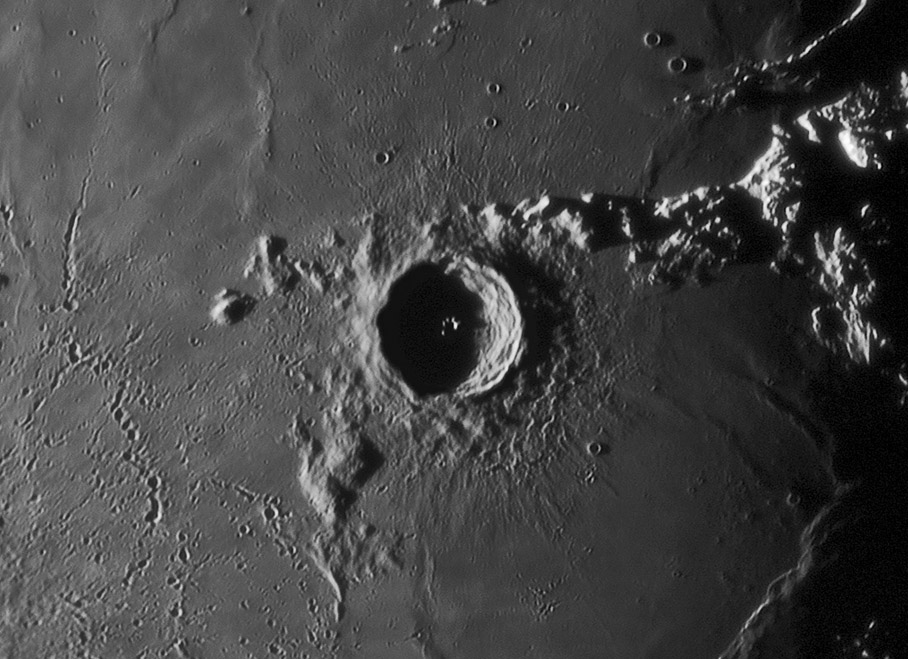Difference between revisions of "August 13, 2010"
| Line 1: | Line 1: | ||
__NOTOC__ | __NOTOC__ | ||
=Explanation Needed= | =Explanation Needed= | ||
| − | |||
<!-- ws:start:WikiTextHeadingRule:1:<h1> --> | <!-- ws:start:WikiTextHeadingRule:1:<h1> --> | ||
<!-- ws:start:WikiTextLocalImageRule:16:<img src="/file/view/LPOD-Aug13-10.jpg/156346053/LPOD-Aug13-10.jpg" alt="" title="" /> -->[[File:LPOD-Aug13-10.jpg|LPOD-Aug13-10.jpg]]<!-- ws:end:WikiTextLocalImageRule:16 --><br /> | <!-- ws:start:WikiTextLocalImageRule:16:<img src="/file/view/LPOD-Aug13-10.jpg/156346053/LPOD-Aug13-10.jpg" alt="" title="" /> -->[[File:LPOD-Aug13-10.jpg|LPOD-Aug13-10.jpg]]<!-- ws:end:WikiTextLocalImageRule:16 --><br /> | ||
| − | <em>image by [mailto:slamm@blueyonder.co.uk Stefan Lammel]</em><br /> | + | <em>image by [mailto:slamm@blueyonder.co.uk" rel="nofollow Stefan Lammel]</em><br /> |
<br /> | <br /> | ||
| − | My topic of interest is centered in the excerpt from one one Stefan's excellent new images, but I bet you don't notice it. Look closely before reading on. Right in the middle of the image is the delightful [http://en.wikipedia.org/wiki/Fairy_ring fairy ring] of bright summits of Eratosthenes' central peak complex. This is really perfect lighting to capture these nearly same height peaks, but that isn't what caught my eye. Look at the radial ridges and secondary craters surrounding Eratosthenes. To the north this radial ejecta extends to the top of the frame, nearly two crater diameters beyond the crater rim. But to the south the ejecta-modified surface barely extends one crater diameter. To the east of the crater the radial features don't extend far either, and to the west, confusion with debris from Copernicus makes it hard to judge the extent. What might explain this uneven distribution? It is possible that Eratosthenes formed by an oblique impact, with a projectile from the south preferentially carrying ejecta northward. But that idea isn't supported by any other evidence. Another possibility is that the lava in Imbrium north of Eratosthenes is older than the crater, whereas lava to the south and east is younger. This may be, but crater counting here is complicated by the huge number of secondary craters (what a nuisance Copernicus is)!<br /> | + | My topic of interest is centered in the excerpt from one one Stefan's excellent new images, but I bet you don't notice it. Look closely before reading on. Right in the middle of the image is the delightful [http://en.wikipedia.org/wiki/Fairy_ring" rel="nofollow fairy ring] of bright summits of Eratosthenes' central peak complex. This is really perfect lighting to capture these nearly same height peaks, but that isn't what caught my eye. Look at the radial ridges and secondary craters surrounding Eratosthenes. To the north this radial ejecta extends to the top of the frame, nearly two crater diameters beyond the crater rim. But to the south the ejecta-modified surface barely extends one crater diameter. To the east of the crater the radial features don't extend far either, and to the west, confusion with debris from Copernicus makes it hard to judge the extent. What might explain this uneven distribution? It is possible that Eratosthenes formed by an oblique impact, with a projectile from the south preferentially carrying ejecta northward. But that idea isn't supported by any other evidence. Another possibility is that the lava in Imbrium north of Eratosthenes is older than the crater, whereas lava to the south and east is younger. This may be, but crater counting here is complicated by the huge number of secondary craters (what a nuisance Copernicus is)!<br /> |
<br /> | <br /> | ||
| − | <em>[mailto:tychocrater@yahoo.com Chuck Wood]</em><br /> | + | <em>[mailto:tychocrater@yahoo.com" rel="nofollow Chuck Wood]</em><br /> |
<br /> | <br /> | ||
<strong>Technical Details</strong><br /> | <strong>Technical Details</strong><br /> | ||
| Line 17: | Line 16: | ||
<br /> | <br /> | ||
<hr /> | <hr /> | ||
| − | <div>You can support LPOD when you buy any book from Amazon thru [http://www.lpod.org/?page_id=591 LPOD!]<br /> | + | <div>You can support LPOD when you buy any book from Amazon thru [http://www.lpod.org/?page_id=591" rel="nofollow LPOD!]<br /> |
</div> | </div> | ||
| − | |||
---- | ---- | ||
===COMMENTS?=== | ===COMMENTS?=== | ||
Click on this icon [[image:PostIcon.jpg]] at the upper right to post a comment. | Click on this icon [[image:PostIcon.jpg]] at the upper right to post a comment. | ||
Revision as of 21:05, 4 January 2015
Explanation Needed

image by " rel="nofollow Stefan Lammel
My topic of interest is centered in the excerpt from one one Stefan's excellent new images, but I bet you don't notice it. Look closely before reading on. Right in the middle of the image is the delightful " rel="nofollow fairy ring of bright summits of Eratosthenes' central peak complex. This is really perfect lighting to capture these nearly same height peaks, but that isn't what caught my eye. Look at the radial ridges and secondary craters surrounding Eratosthenes. To the north this radial ejecta extends to the top of the frame, nearly two crater diameters beyond the crater rim. But to the south the ejecta-modified surface barely extends one crater diameter. To the east of the crater the radial features don't extend far either, and to the west, confusion with debris from Copernicus makes it hard to judge the extent. What might explain this uneven distribution? It is possible that Eratosthenes formed by an oblique impact, with a projectile from the south preferentially carrying ejecta northward. But that idea isn't supported by any other evidence. Another possibility is that the lava in Imbrium north of Eratosthenes is older than the crater, whereas lava to the south and east is younger. This may be, but crater counting here is complicated by the huge number of secondary craters (what a nuisance Copernicus is)!
" rel="nofollow Chuck Wood
Technical Details
August 3, 2010. 10in f4.8 Newtonian, Infinity 2-1M, 5x Powermate, Baader red filter, Avistack, Registax, PSE5, Focus Magic
Related Links
Rükl plate 21
COMMENTS?
Click on this icon File:PostIcon.jpg at the upper right to post a comment.



